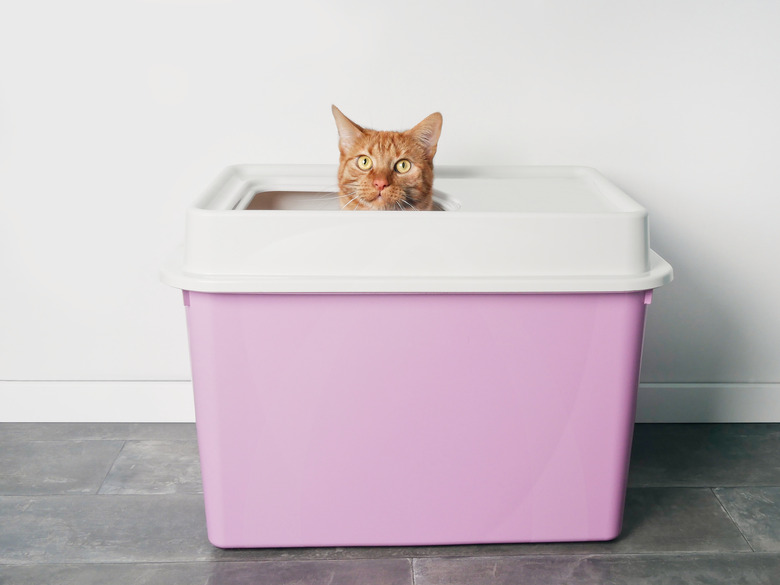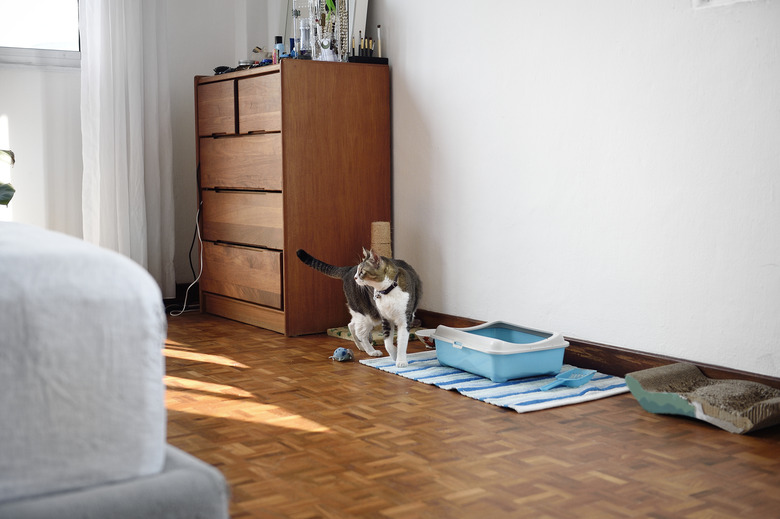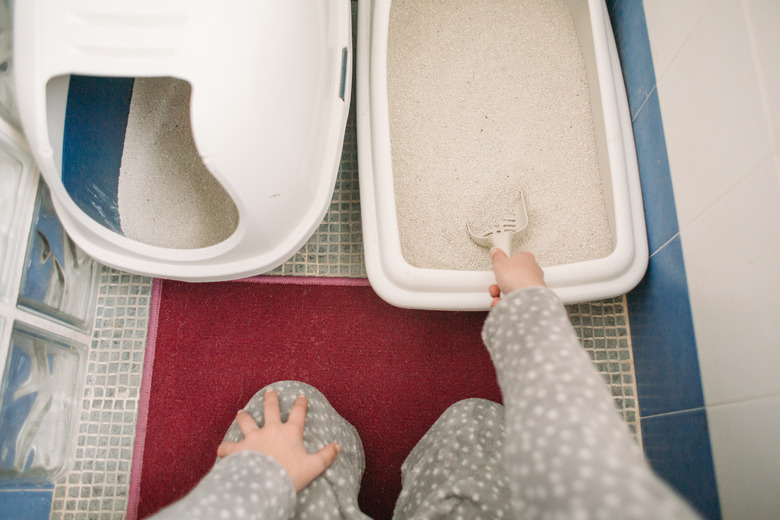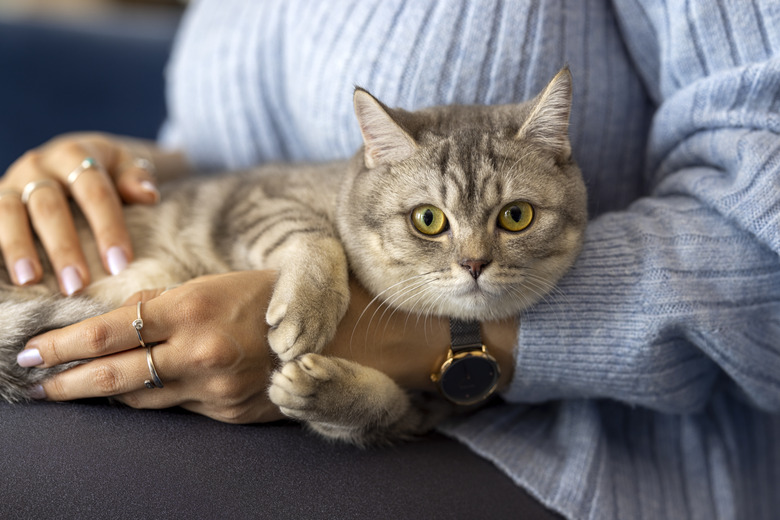How To Help Your Cat Love Their Litter Box
Litter boxes are a part of life with cats, but that doesn't mean all cats like them. Having a cat that doesn't always eliminate in their litter box is a common challenge for many cat parents. The good news is: there are things that you can do to help your cat to have a better relationship with their litter box — and maybe get them to love it.
Have enough boxes
Have enough boxes
Cats are particular about their litter boxes, and a big problem that can come up is not having enough of them — especially in multi-cat families. Cats can be territorial animals and don't always like to share their litter boxes. Many cats also have strong preferences about sharing (or not sharing) their litter boxes with other cats. Some cats might be nervous or uncomfortable using a litter box that another cat has used. In other cases, some cats can bully other cats in the home and not allow them to have access to the litter box. To make sure that all of the cats in your home have access, you want to have one litter box per cat, plus an extra one. For example, if you have three cats, you will want to have a minimum of four litter boxes in your house.
Litter box locations
Litter box locations
To help your cat love their litter box — you'll want to be thoughtful about where you put the boxes in your home. Spread out the litter boxes by placing them in different locations in your house, to make sure that all of your cats can find and use a litter box when they need one. If you have a multi-level home, it's a good idea to make sure your cat has at least one litter box on each floor. Try to place the litter boxes in private areas but still close to where your cats spend most of their time. They should be in locations that are easy for your cats to access, but still private.
Give your cat privacy
Give your cat privacy
Cats should feel safe accessing their litter boxes and be free from being harassed while they go to the bathroom. If you have children in your home make sure they understand that the litter box isn't a place for them to play and that they shouldn't bother the cat while they are in the litter box. This is obviously a sanitary issue but it also ensures that your cat will feel safe and comfortable accessing their bathroom. If you have dogs in your home, make sure they can't access the litter box or bother your cat while they use it. For medium or large size dogs it is a good strategy to use a baby gate to block dogs from accessing the litter box. You can also purchase or make litter box furniture enclosures that have a small entry for cats to get inside. Another option is to cut a hole in the bottom of a closet door to provide your cat with their own private bathroom/litter box room that dogs can't get to.
Provide options
Provide options
There are a variety of litter box options on the market. These include top loads, igloos, cave-style litter boxes, self-cleaning litter boxes, simple box litter boxes, and more. Some cats have strong preferences about what kind of litter boxes they will or won't use. For your cat's comfort if you are introducing a new style or type of litter box other than the one they have been using — it's a good idea to keep options available. Litter boxes should be large enough for your cat to use comfortably. Ideally, each litterbox should be at least as long as your largest cat. Some cats dislike small, enclosed, or tight boxes so having an open option available can support helping your cat to build a positive relationship with their litter box.
Choose the right cat litter
Choose the right cat litter
Just like many cats have preferences for what shaped box they will use, many cats also have strong opinions about what kind of cat litter they want to use. Some cats have allergies and sensitivities to certain litters. There are many options available on the market including compostable litter, clay litter, crystal, and wood pellet litter. If you're wanting to make a change about what kind of litter, you're using it's a good idea to keep at least one box with the old litter in case your cat dislikes the new one. Once your cat is comfortably using the litter boxes with the new litter — you can transition all your boxes to your preferred new cat litter.
Have a cleaning routine
Have a cleaning routine
The key to helping most cats maintain a positive relationship with their litter box is to keep it extremely clean. Just like most people dread using a dirty bathroom, our cats are the same way. This can result in cats finding other places to go to the bathroom if they determine their litter boxes aren't clean enough. Litter boxes should be scooped at least once a day to remove any urine and poop. It's also important to do a full clean of the litter box every month where all litter is dumped out, the litter pan is washed, and then refilled with fresh litter. Some cats have preferences about the amount of litter in their box so between cleanings don't forget to top the box off with more litter.
Look for changes in cat behavior
Look for changes in cat behavior
If your cat is struggling with having a good relationship with their litter box, or you notice a change in your cat's elimination patterns, it's important to schedule an appointment with your cat's veterinarian. Litter box issues can include eliminating outside the box. This can be a symptom of an underlying medical condition such as urinary crystals or a urinary tract infection. Your vet will be able to determine if your cat's disliking of their litter box is the result of any underlying pain or discomfort.
In summary
In summary
Helping your cats to love their litter boxes is all about setting them up for success first. Have enough litter boxes for them. Be sure the litter boxes are placed in locations where your cat can easily access them. Avoid letting any other pets bother your cat while they are using their litter box. Be sure your cat has enough privacy in the litter box.



